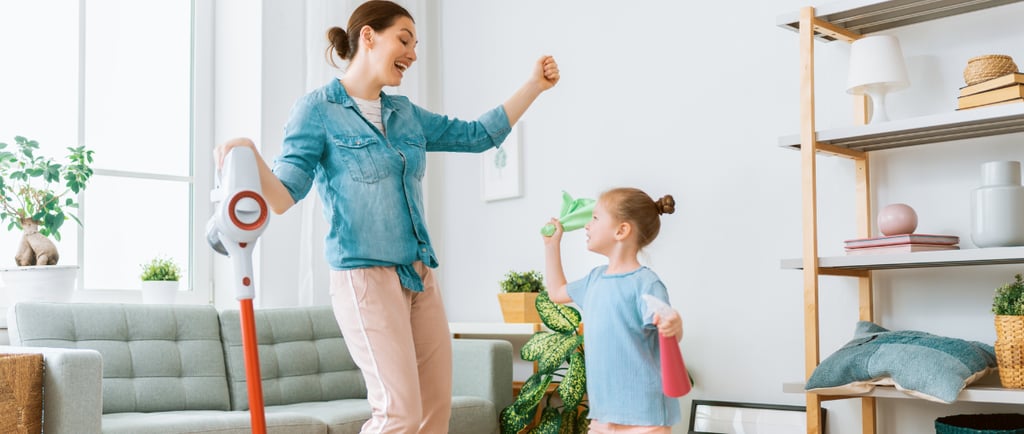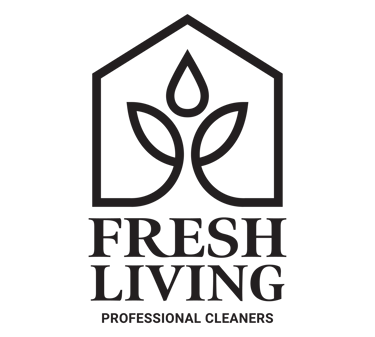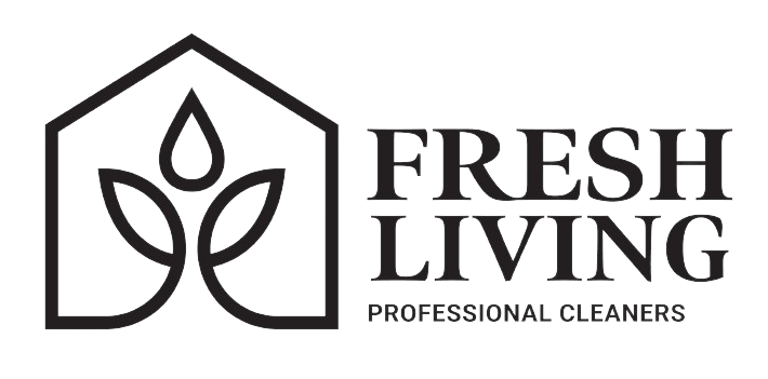Your Guide to Flawless Cleaning: Avoid These Mistakes!
Cleaning, often viewed as a mundane task, is vital for a healthy living environment. Yet, many struggle due to avoidable errors. This guide explores key mistakes to ensure flawless cleaning results.
2/6/20245 min read


Setting the Stage
Cleaning, often considered a mundane chore, is an essential aspect of maintaining a healthy and comfortable living environment. However, many individuals find themselves frustrated with their cleaning efforts due to common mistakes that can easily be avoided. In this guide, we'll explore the critical errors to steer clear of to achieve flawless cleaning results.
Importance of Cleaning Effectively
Effective cleaning goes beyond surface-level aesthetics; it plays a significant role in promoting overall well-being. A clean environment reduces the risk of illness, enhances mental clarity, and fosters a sense of pride in one's surroundings.
Understanding Common Cleaning Mistakes:
Lack of Preparation
One of the most common mistakes people make when cleaning is diving in without proper preparation. This often leads to frustration and inefficiency as tasks become disorganized and overwhelming.
Using Incorrect Cleaning Products
Using the wrong cleaning products can result in ineffective cleaning or even damage to surfaces. It's essential to understand which products are suitable for specific surfaces and materials to achieve optimal results.
Neglecting Hard-to-Reach Areas
Hard-to-reach areas such as high shelves, ceiling corners, and behind furniture are often overlooked during cleaning. However, neglecting these areas can lead to the accumulation of dust, dirt, and allergens, undermining the cleanliness of the entire space.
Overlooking Proper Ventilation
Proper ventilation is crucial during the cleaning process to ensure the effective dispersal of cleaning agents and the removal of airborne particles. Failure to ventilate adequately can result in lingering odors and potential respiratory issues.
Importance of Proper Technique:
Importance of Proper Technique
Effective cleaning requires more than just elbow grease; it involves employing proper techniques to achieve optimal results while minimizing effort and potential damage to surfaces.
The Impact of Rushing
Rushing through the cleaning process often leads to subpar results, as tasks are completed haphazardly and important steps are overlooked. Taking the time to clean methodically ensures thoroughness and prevents the need for rework.
Understanding Surface-Specific Techniques
Different surfaces require different cleaning techniques to avoid damage and achieve optimal cleanliness. Understanding the appropriate methods for various surfaces ensures effective cleaning without compromising their integrity.
Addressing Time Management:
Creating a Cleaning Schedule
Establishing a cleaning schedule helps to prioritize tasks and maintain consistency in cleaning efforts. By allocating specific time slots for cleaning activities, you can prevent tasks from piling up and becoming overwhelming.
Maximizing Efficiency
Efficient cleaning involves streamlining processes and minimizing wasted time and effort. Utilizing time-saving techniques such as multitasking and strategic task sequencing can significantly increase productivity.
Breaking Tasks into Manageable Steps
Breaking cleaning tasks into smaller, more manageable steps makes them less daunting and more achievable. By tackling one task at a time, you can maintain focus and momentum throughout the cleaning process.
Maintaining Cleaning Tools and Equipment:
Regular Maintenance
Proper maintenance of cleaning tools and equipment is essential to ensure their effectiveness and longevity. Regular cleaning, sharpening, and replacement of worn-out parts are necessary to prevent deterioration and maintain optimal performance.
Investing in Quality Tools
Investing in high-quality cleaning tools and equipment may require a higher upfront cost but pays off in the long run through improved performance and durability. Quality tools are more efficient and effective, resulting in better cleaning outcomes.
Proper Storage
Proper storage of cleaning tools and equipment helps to prolong their lifespan and prevent damage. Storing tools in designated areas and maintaining cleanliness reduces the risk of contamination and ensures they are readily accessible when needed.
Understanding the Role of Environment:
Adjusting Cleaning Methods Based on Environment
Different environments present unique cleaning challenges that require tailored approaches. Factors such as humidity levels, temperature, and air quality influence cleaning effectiveness and should be taken into account when developing cleaning strategies.
Environmental Impact of Cleaning Products
Many conventional cleaning products contain harsh chemicals that can be harmful to both human health and the environment. Opting for eco-friendly cleaning products reduces exposure to toxins and minimizes ecological footprint, promoting sustainability.
Sustainable Cleaning Practices
Adopting sustainable cleaning practices, such as using reusable cleaning cloths, minimizing water usage, and choosing biodegradable cleaning agents, reduces waste and conserves natural resources. By incorporating eco-friendly practices into your cleaning routine, you can contribute to a healthier planet.
Avoiding Cross-Contamination:
Importance of Proper Hygiene
Maintaining proper hygiene practices during cleaning is essential to prevent the spread of germs and bacteria. Regular handwashing, wearing gloves, and using disinfectants help minimize the risk of cross-contamination and ensure a hygienic cleaning environment.
Implementing Color-Coding Systems
Color-coding cleaning tools and cloths for different areas or tasks helps prevent cross-contamination by ensuring that tools used in high-risk areas, such as bathrooms, are not used elsewhere. This simple yet effective strategy improves cleaning efficacy and reduces the spread of germs.
Understanding Cross-Contamination Risks
Cross-contamination occurs when bacteria or other harmful substances are transferred from one surface to another, potentially causing illness or contamination. Understanding the risks associated with cross-contamination and implementing preventive measures is essential for maintaining a clean and safe environment.
Overcoming Procrastination:
Identifying Procrastination Triggers
Procrastination often stems from underlying factors such as perfectionism, overwhelm, or lack of motivation. Identifying the root causes of procrastination enables you to develop strategies to overcome them and become more productive in your cleaning endeavors.
Utilizing Motivational Techniques
Finding ways to stay motivated and engaged during cleaning tasks can help overcome procrastination and increase productivity. Setting small, achievable goals, rewarding yourself for completing tasks, and listening to motivating music or podcasts can make cleaning more enjoyable and fulfilling.
Breaking Tasks into Smaller Chunks
Breaking cleaning tasks into smaller, more manageable chunks makes them less intimidating and more manageable. By focusing on completing one task at a time, you can build momentum and progress toward your cleaning goals without feeling overwhelmed.
Seeking Professional Help When Necessary:
Recognizing When to Seek Help
There may be times when DIY cleaning efforts are insufficient to achieve desired results, or when cleaning tasks exceed your capabilities or available time. Recognizing when to seek professional cleaning services ensures that your home receives the thorough cleaning it deserves.
Benefits of Professional Cleaning Services
Professional cleaning services offer expertise, efficiency, and convenience, delivering superior cleaning results without the hassle of DIY cleaning. Trained professionals use advanced techniques and equipment to tackle even the toughest cleaning challenges, leaving your home spotless and sanitized.
Finding the Right Cleaning Professionals
When selecting a cleaning service, it's essential to research and vet potential providers to ensure they meet your needs and standards. Factors to consider include reputation, experience, certifications, and service offerings. By finding the right cleaning professionals, you can enjoy peace of mind knowing your home is in capable hands.
Conclusion:
Recap of Key Points
In conclusion, achieving flawless cleaning results requires avoiding common mistakes and implementing effective cleaning strategies. By addressing factors such as preparation, technique, time management, tool maintenance, environmental considerations, hygiene practices, and procrastination, you can streamline your cleaning routine and achieve optimal outcomes.
Encouragement for Implementation
We encourage you to incorporate the tips and techniques outlined in this guide into your cleaning routine to maximize efficiency, effectiveness, and satisfaction. Whether you're tackling routine maintenance or deep cleaning tasks, taking proactive steps to avoid common mistakes will help you achieve a cleaner, healthier, and more enjoyable living environment.
Final Thoughts
Remember that flawless cleaning is not about perfection but about making consistent efforts to maintain a clean and comfortable home. By learning from past mistakes, adopting best practices, and seeking professional assistance when needed, you can elevate your cleaning game and enjoy the benefits of a cleaner, happier living space. Happy cleaning!


(609) 806 - 5565
help@freshlivingpc.com
Follow us on
